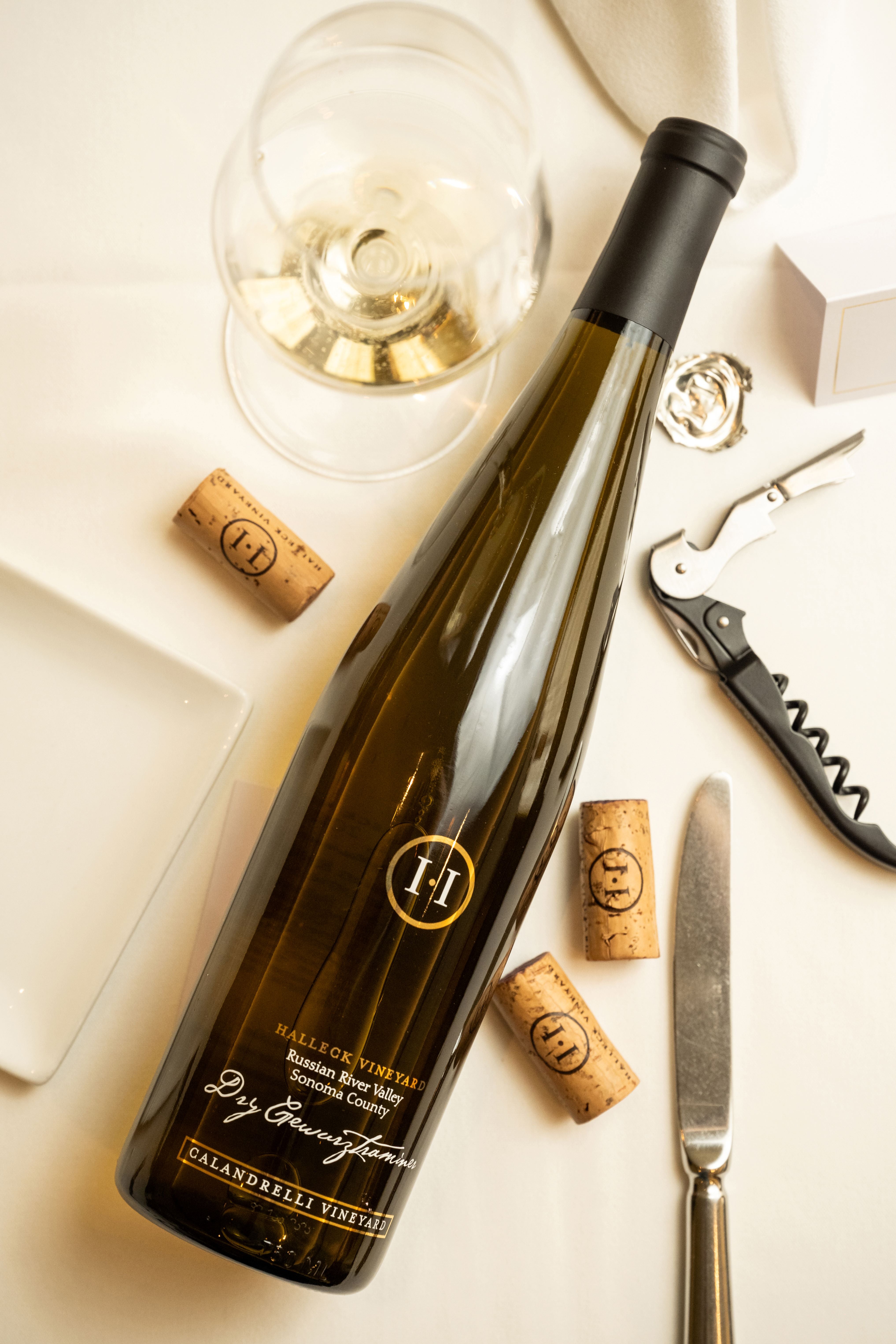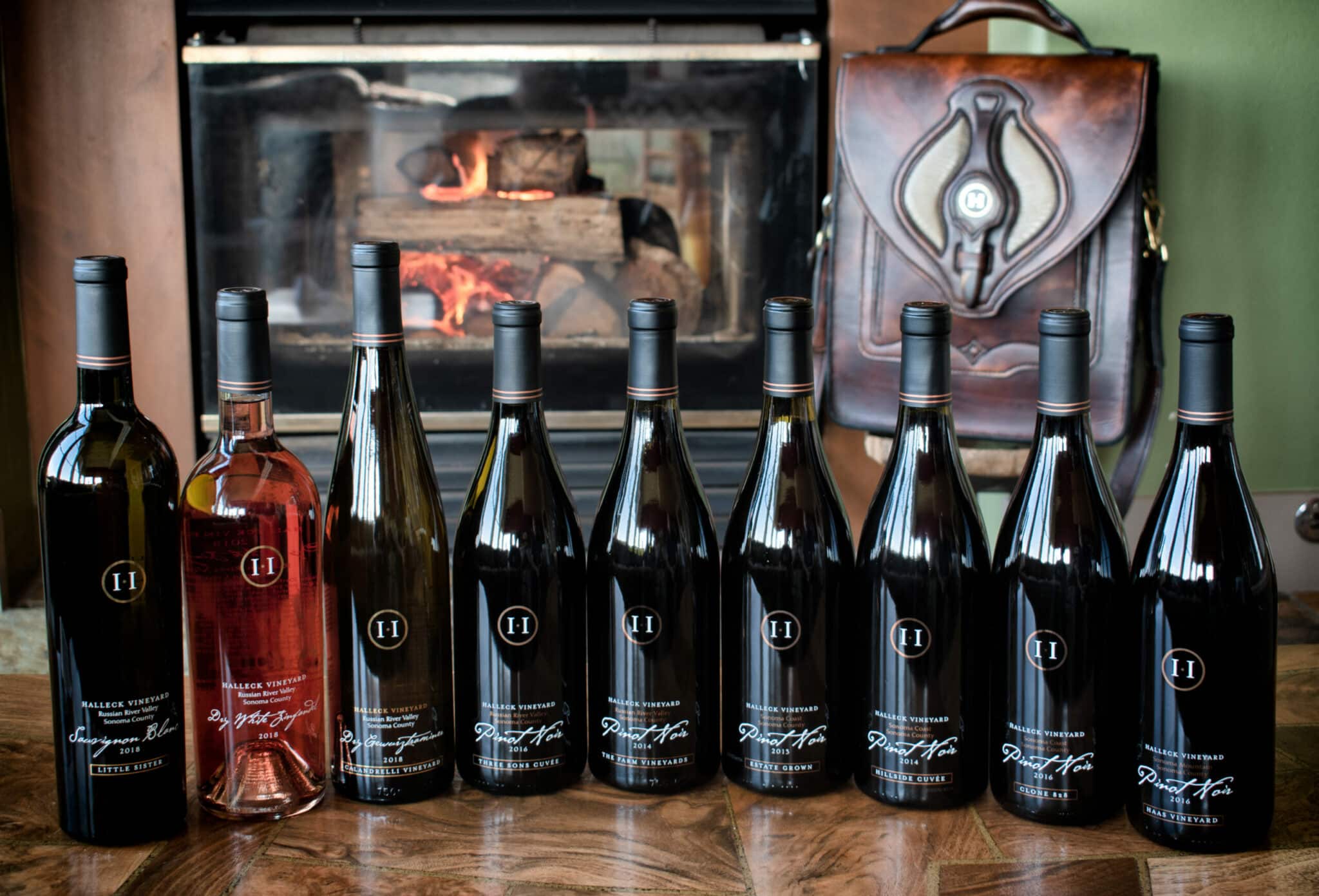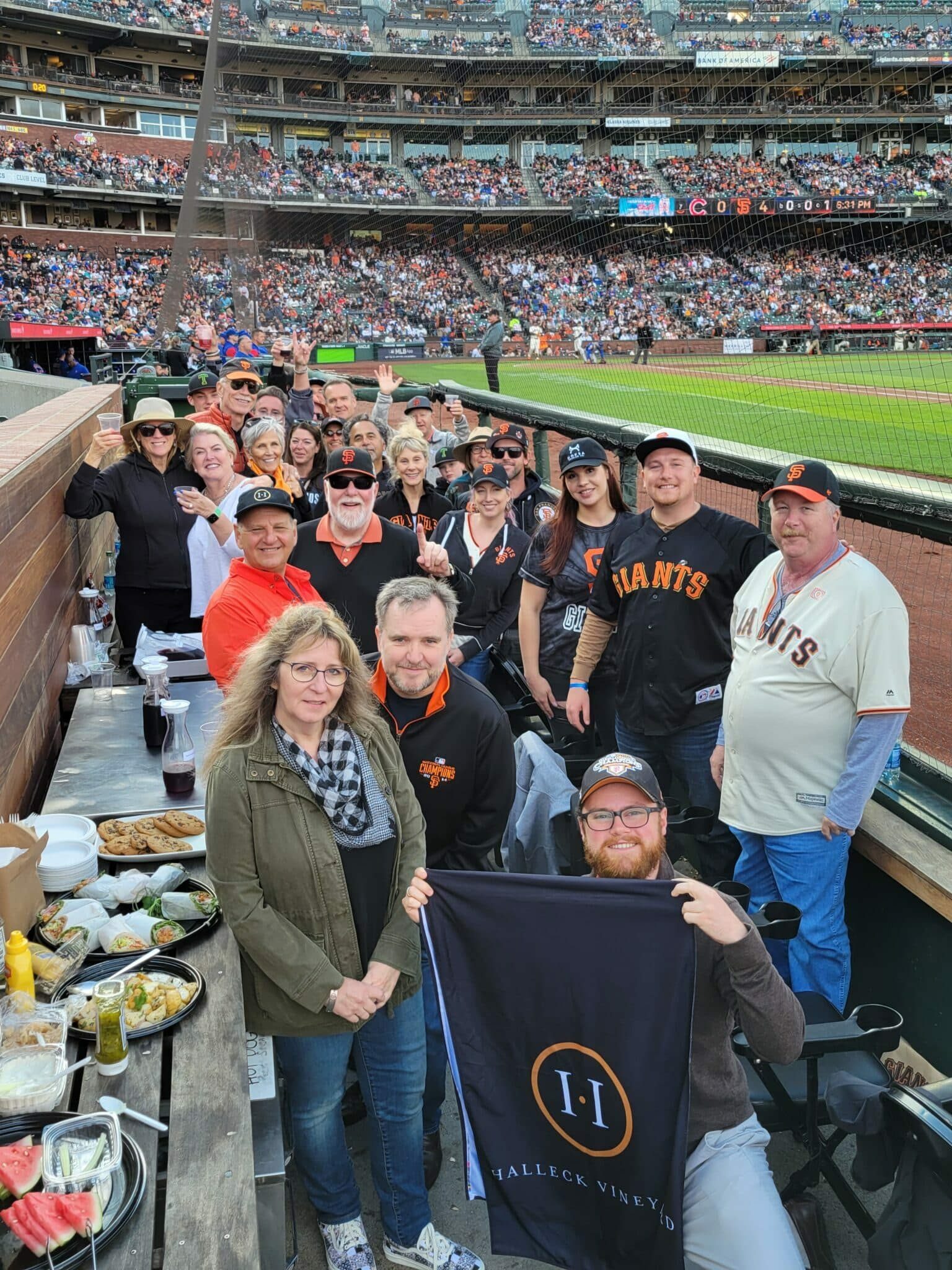Best Wineries For Wine Tasting In Sonoma - Sebastopol Area Wineries Offering Wine
Best Wineries For Wine Tasting In Sonoma - Sebastopol Area Wineries Offering Wine
Blog Article
Wineries With Beautiful Architecture - Wine Tasting In Sonoma County
Wine tasting is an art that combines sensory experience with an appreciation for the nuances of different varietals. How to judge flavors in winery wine tasting classes is pivotal to grasping the complexities of wine.
Participating in a wine tasting includes greater than simply sipping and savoring. It requires a centered strategy to establish aromas and flavors that each wine presents. As you start, observe the wine's appearance, noting its shade and clarity. These visual cues typically suggest a wine’s age, grape selection, and even potential flavor profiles.
The next step within the tasting course of is to swirl the wine in your glass. This motion releases aromatic compounds which would possibly be vital for analysis. Lean in and take a second to inhale deeply; the aromas can range from floral and fruity to spicy and earthy. The nostril of the wine is just as essential as the palate, and recognizing scents plays a significant position in understanding the general experience.
When taking your first sip, enable the wine to maneuver across your palate - Wine Tasting Experiences With Local Cheese. Discover the preliminary flavors that current themselves. Is the wine fruity, floral, or perhaps herbaceous? This preliminary style provides perception into what the wine is prone to categorical as you continue to judge it. The mouthfeel also contributes to the overall flavor experience; it can be silky, tannic, or even effervescent.
Wineries With Locally Sourced Food Options - Tasting Experiences In Sebastopol Vineyards
As you proceed tasting, pay attention to the wine’s stability. A well-balanced wine will harmonize acidity, sweetness, and tannins. If one component overwhelms the others, it would point out a much less fascinating high quality. Evaluating stability can help you establish how properly the wine might pair with food.
Transitioning to the end, contemplate how the flavors evolve as the wine lingers in your palate. A long, nice finish can indicate a high-quality wine, whereas a short or abrupt finish would possibly counsel otherwise. Mirror on whether or not the flavors remain constant or if new notes emerge as the wine settles. This development can reveal complexities and intricacies which may not have been apparent in the preliminary tasting.
Temperature can be an important factor in evaluating wine flavors. Totally Different types of wine are optimally enjoyed at specific temperatures. White wines usually shine when chilled, whereas pink wines typically carry out greatest at room temperature. When tasting, make certain the wine is at the acceptable temperature to fully recognize its character.
Wineries Offering Charcuterie And Wine Pairings - The Beauty Of Sebastopol Wineries
Pairing food with wine can greatly improve the tasting experience. Meals can affect the perception of flavors in wine, either highlighting certain traits or diminishing them. When evaluating flavors, consider how the wine interacts with completely different foods, noticing which flavors are amplified or muted (Wineries Perfect For A Relaxing Afternoon).

Consider the influence of terroir as you engage in a winery tasting. Terroir encompasses the distinctive environmental components that have an result on grape rising, together with soil composition, local weather, and geography. Understanding a wine's terroir can present perception into its flavors and aromas, fostering a deeper appreciation for the alternatives made throughout its cultivation and production.
Education plays a fundamental role in enhancing one's capability to gauge wine flavors. Studying about grape varieties, wine regions, and production strategies can pave the finest way for more knowledgeable judgments throughout tastings. Moreover, attending workshops or classes can refine sensory skills and broaden your flavor vocabulary, enabling you to articulate tasting notes extra effectively.
Finally, it's important to keep in thoughts that evaluating wine flavors is a highly personal experience. Particular Person preferences and perceptions will invariably shape one’s tasting journey. Enjoyment ought to be on the forefront, with the analysis course of acting as a tool to reinforce understanding and appreciation rather than create inflexible guidelines.
Wineries With Live Music Events Occasionally - Sebastopol Wine Country Vineyards Adventure
In conclusion, mastering the method to consider flavors in winery wine tasting sessions involves look what i found a mix of sensory engagement, knowledge, and practice. By learning to establish aromas, assess the balance, and respect the intricacies of flavor, wine enthusiasts can deepen their connection to every bottle they encounter. As with any art kind, the more one immerses themselves in the experience, the extra they may discover and enjoy the huge world of wine.
- Begin by observing the wine's color and clarity, as these visual elements can trace at its flavor profile and getting older potential.
- Swirl the wine gently in your glass; this releases aromatic compounds, allowing you to better identify the advanced scents related to the wine.
- Take a deep inhale earlier than tasting, focusing on both major and secondary aromas to gather insights on fruits, spices, and other nuances.
- When tasting, allow the wine to coat your palate; note the preliminary flavors, the mid-palate complexity, and the end as these levels can provide totally different flavor highlights.
- Pay consideration to texture and mouthfeel, as aspects such as tannin levels, acidity, and sweetness contribute considerably to the overall tasting experience.
- Evaluate flavors in opposition to commonplace wine traits; for purple wines, contemplate berry notes, oak affect, and natural tones, whereas whites could include citrus, stone fruits, and floral hints.
- Take notes during the tasting session to trace your impressions, serving to you to recollect and evaluate the different wines sampled.
- Focus On your findings with fellow tasters or winery staff, as sharing insights can enhance understanding and appreciation of particular person flavors.
- Enable time for the wine to breathe; sometimes, flavors evolve and reveal new dimensions after being exposed to air.
- Experiment with food pairings in the course of the tasting as they can dramatically alter how flavors are perceived, influencing overall enjoyment.undefinedWhat should I search for when evaluating the aroma of wine during a tasting?
Begin by swirling the wine in your glass to launch its aromas. Convey the glass to your nose and take a deep breath. Pay attention to the first scents you detect, as these are sometimes probably the most prominent. Look for fruit, floral, natural, or earthy notes and try to determine specific characteristics, which will deepen your understanding of the wine's complexity.
Wineries Known For Their Hospitality - Winery In The Sonoma Wine Region

How can I distinguish between completely different flavor profiles in wine?
Perceive that flavor profiles are often categorized as fruit, floral, herbaceous, spicy, or mineral. Take small sips and permit the wine to coat your palate. Discover the first flavors that emerge first and the subtle notes that follow. This layering is crucial in distinguishing the wine's characteristics and can help you respect its distinctive profile.
Best Wineries For Sunset Views In Sebastopol - A Guide To Sonoma Wineries
What is the importance of the wine's texture in a tasting?

The texture of the wine, also identified as mouthfeel, performs an important function in how we understand flavors. Pay attention to whether the wine feels clean, creamy, or gritty. The body of the wine (light, medium, or full) can improve or distinction with flavors, offering a more rounded experience throughout tasting.
How do I assess the balance of flavors in wine?
Stability in wine refers back to the concord between acidity, sweetness, tannin, and alcohol. Take a second to assess whether these components complement or intrude with one another. A well-balanced wine could have none of its parts overpowering the others, creating a pleasant tasting experience.
Family Friendly Wineries With Outdoor Spaces - Wineries To Visit
What position does temperature play in evaluating wine flavors?
Temperature can significantly impression the notion of flavors. Typically, pink wines are greatest served barely beneath room temperature, while white wines take pleasure in being chilled. As the temperature changes, the aromas and flavors can shift, permitting you to understand different characteristics. It’s essential to style wine at its optimal temperature for true analysis.
Unique Wine And Food Pairings In Sonoma - Sebastopol Wineries
How can I improve my tasting skills over time?
Practice is vital to enhancing your tasting skills. Upcoming Wine Festivals In Sonoma County. Attend tastings, maintain a journal of your experiences, and explore several sorts of wines to broaden your palate. Moreover, studying about wine manufacturing and grape varieties can provide context that enhances your evaluation course of, making you a more informed taster.
Is there a selected order by which I should taste the wines?
Artisan Wineries In Russian River Valley - Exploring Sonoma's Wine Landscape
Yes, it’s advisable to style wines from light to full-bodied and dry to candy. This progression prevents the stronger flavors from overshadowing the more delicate ones, permitting you to completely recognize each wine's characteristics and nuances with out palate fatigue.
How can I evaluate the aftertaste of wine?
Charming Wineries Offering Wine And Food Pairings - A Guide To Sonoma Wineries
The aftertaste, or finish, is an important side of the wine-tasting experience. After swallowing, pay attention to how long the flavors linger in your palate and whether they change. A long, pleasant end is commonly an indicator of a high-quality wine, while a brief or unpleasant finish may counsel in any other case.
Why is it essential to note the wine’s acidity during tasting?
Acidity contributes to the general freshness and construction of the wine. Pay attention to the tingling sensation on your tongue; larger acidity can improve the wine's liveliness and steadiness out sweetness. Noting acidity Click Here helps determine the wine's versatility with food and its getting older potential.
What should I do if I wrestle to determine particular flavors in wine?
Wineries With Live Music Events Occasionally - Sonoma Wine Tasting Tour
Struggling to identify flavors is common, especially for novices. Focus on broader classes and describe what you can acknowledge, such as candy or earthy notes. With practice, studying about totally different flavor profiles, and maybe utilizing flavor wheels, you may refine your senses and develop a extra nuanced approach to tasting. Report this page